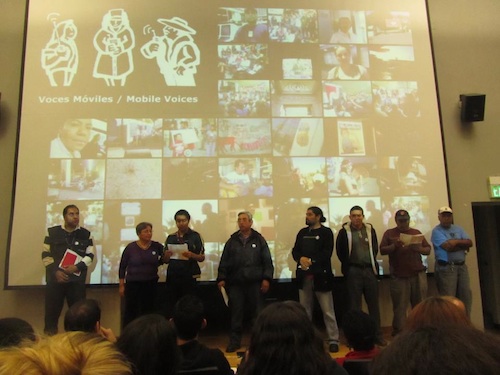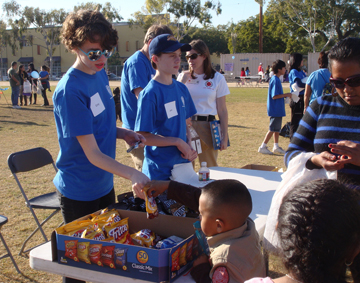 By Camille Houphouët-Boigny
By Camille Houphouët-Boigny
More than 630 people attended the first annual Winter Festival at William Jefferson Clinton Middle School in South Los Angeles on Saturday, December 10.
“This event is great for our students, excellent for the parents; it is a good school but we needed this for our kids, they were a little lost, bored, so having this event makes them have fun, that’s why there are so many kids,” said Anitra Thrower, a full-time worker at Clinton.
The Winter Festival was a community resource fair sponsored by Warner Brothers Home Entertainment and City Year, a non-profit organization working to combat high school drop outs by working as tutors and mentors at elementary and middle schools in the L.A. area. The festival was organized with the objective of providing services to the community.
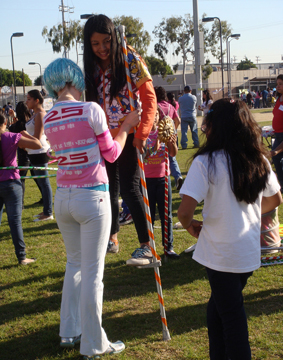 “It is very scary to see what’s happening in public schools in California; I and my company want to make as much of a positive impact as we possibly can,” said Kevin Tsujihara, President of Warner Brothers Home Entertainment.
“It is very scary to see what’s happening in public schools in California; I and my company want to make as much of a positive impact as we possibly can,” said Kevin Tsujihara, President of Warner Brothers Home Entertainment.
During the four-hour event, Kid DJ, a 15-year-old DJ mixed some music, the Clinton Middle School’s Advanced Band and Glee Club performed and Warner Brothers sponsored a dance party. Forty-two booths were installed in the courtyard; some of them were community-based organizations, others had food and beverages, and about eight game booths were available for the children. And the best part: everything was free.
“What’s special about it is that it’s trying to bring the community inside the school to give them access to community-based organizations and resources they may not otherwise know about or have access to,” said Principal Sissi O’Reilly. “We hope that we can do this every year.”









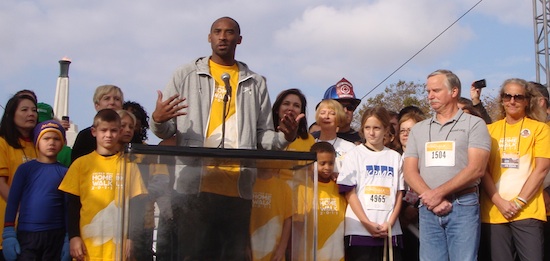
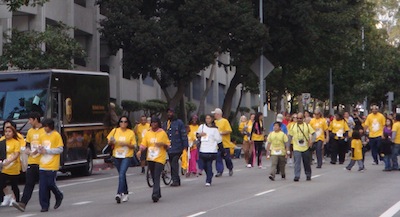 “I am touched to see that so many people are raising money for us,” said Trevor, a homeless man who was at the HomeWalk 2011. “I have been living on the streets for three years and thanks to all of the HomeWalk participants, I believe that someday, I will have a permanent house.”
“I am touched to see that so many people are raising money for us,” said Trevor, a homeless man who was at the HomeWalk 2011. “I have been living on the streets for three years and thanks to all of the HomeWalk participants, I believe that someday, I will have a permanent house.” 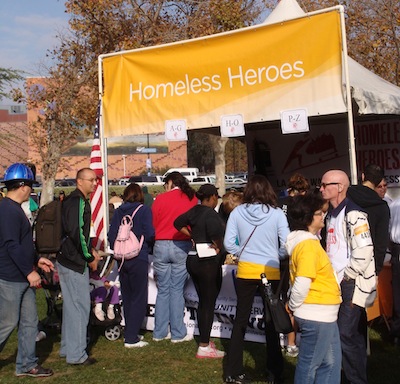 According to the United Way, there are over 51,000 homeless people in Los Angeles County. Of those:
According to the United Way, there are over 51,000 homeless people in Los Angeles County. Of those: